
CK Hutchison's plan to sell most of its $22.8 billion ports business is unlikely to be finalised anytime soon, with political brinkmanship set to continue, and sources saying that a Sunday deadline for exclusive talks was likely to be extended.The Hong Kong conglomerate's plan to sell the business, which would include two ports along the strategically important Panama Canal
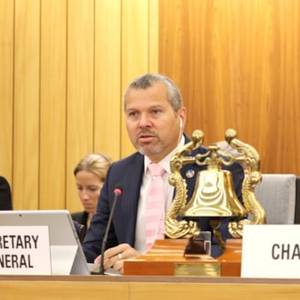
IMO Secretary-General Arsenio Dominguez has called for intensified diplomatic efforts following a renewed wave of attacks on merchant ships in the Red Sea.IMO Secretary-General Arsenio Dominguez has called for intensified diplomatic efforts following a renewed wave of attacks on merchant ships in the Red Sea.

The Front Tyne oil tanker was sailing through the Gulf between Iran and the United Arab Emirates on Sunday when just past 9:40 a.m. shiptracking data appeared to show the massive vessel in Russia, in fields better known for barley and sugar beets.By 4:15 p.m., the ship's erratic signals indicated it was in southern Iran near the town of Bidkhun

Crowley—a legacy U.S. maritime and logistics powerhouse—is making waves with an innovative, people-first approach to workforce development. In a wide-ranging conversation on the Maritime Matters: The Marinelink Podcast, two of Crowley’s senior leaders — Megan Davidson, Chief People and Regulatory Officer, and Jim Bender
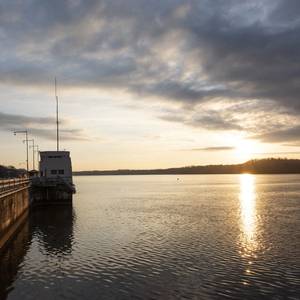
This episode of Maritime Matters: The MarineLink Podcast, delves into the critical importance of the inland waterways infrastructure in the U.S., focusing on the Chickamauga Lock Project on the Tennessee River. A trio of experts – Tracy Zea, President & CEO of WCI; Elizabeth Burks, USACE Nashville Division Chief; and Capt.
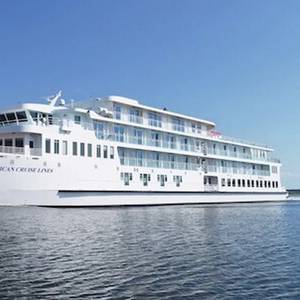
The domestic passenger vessel answers the call for cleaner and more efficient platforms. It is truly an electric time to be a part of this niche industry.In the shadow of a rapidly changing political landscape, the domestic passenger ferry sector is nevertheless seeing an increasing number of newbuild vessel orders.

The Connecticut Maritime Association (CMA) announced that its most prestigious honor, The Commodore Award, has been renamed The Jim Lawrence Commodore Award, effective immediately. This change commemorates the extraordinary life and lasting legacy of Jim Lawrence, who passed away on June 1, 2025, after a distinguished career spanning more than four decades in the maritime industry.
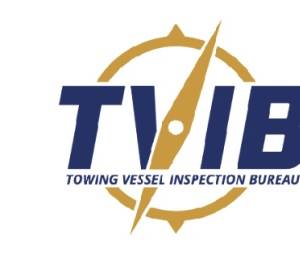
The Towing Vessel Inspection Bureau (TVIB) announced that Rio Marine, Inc. has become the first maritime services provider to achieve certification under the American Waterways Operators’ (AWO) Responsible Carrier Program (RCP).The RCP is a safety management system for the tugboat, towboat, and barge industry that sets standards for safety, environmental stewardship, and continuous improvement.
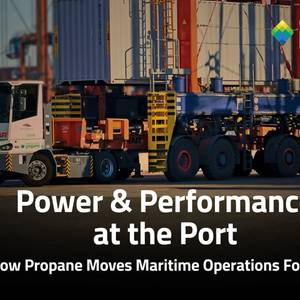
Ports across the U.S. are learning a critical lesson: depending solely on government grants or an increasingly unstable electric grid is no longer enough to keep operations running smoothly. There’s a smarter, more cost-effective solution already proving its worth on the ground - propane.
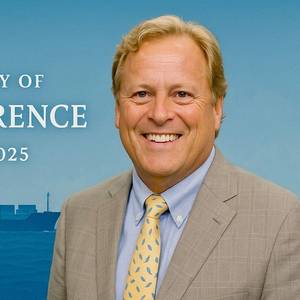
“Shipping is a people business”, so the saying goes. Jim Lawrence, who passed away at the beginning of June, truly embodied that. Certainly, he was a great participant at maritime events. When not up on the podium serving as the moderator, he would be walking around, shaking hands, talking about a particular transaction or development (and, sometimes, the intrigue behind it)
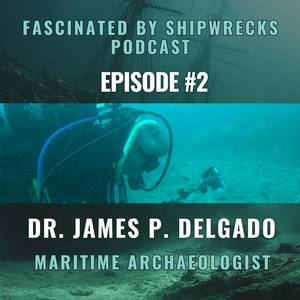
We talk with renowned maritime archaeologist James Delgado about the recently found US Navy destroyer USS Stewart. Stewart was a century-old US Navy destroyer that earned the unenviable distinction of serving under both American and Japanese flags during World War II. This groundbreaking discovery was made off the coast of northern California on a collaborative expedition between Ocean Infinity
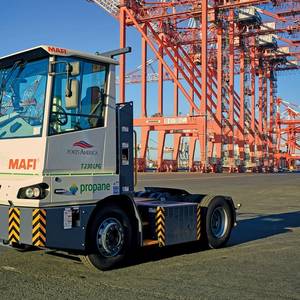
How propane offers unmatched reliability and resiliency when severe weather strikesPorts are critical hubs for global trade and shipping logistics, and they can’t afford to slow down due to extreme weather events. Especially in the Northern U.S., winter storms bring extreme freezing temperatures that can quickly create issues for any diesel or electric engines powering port equipment.